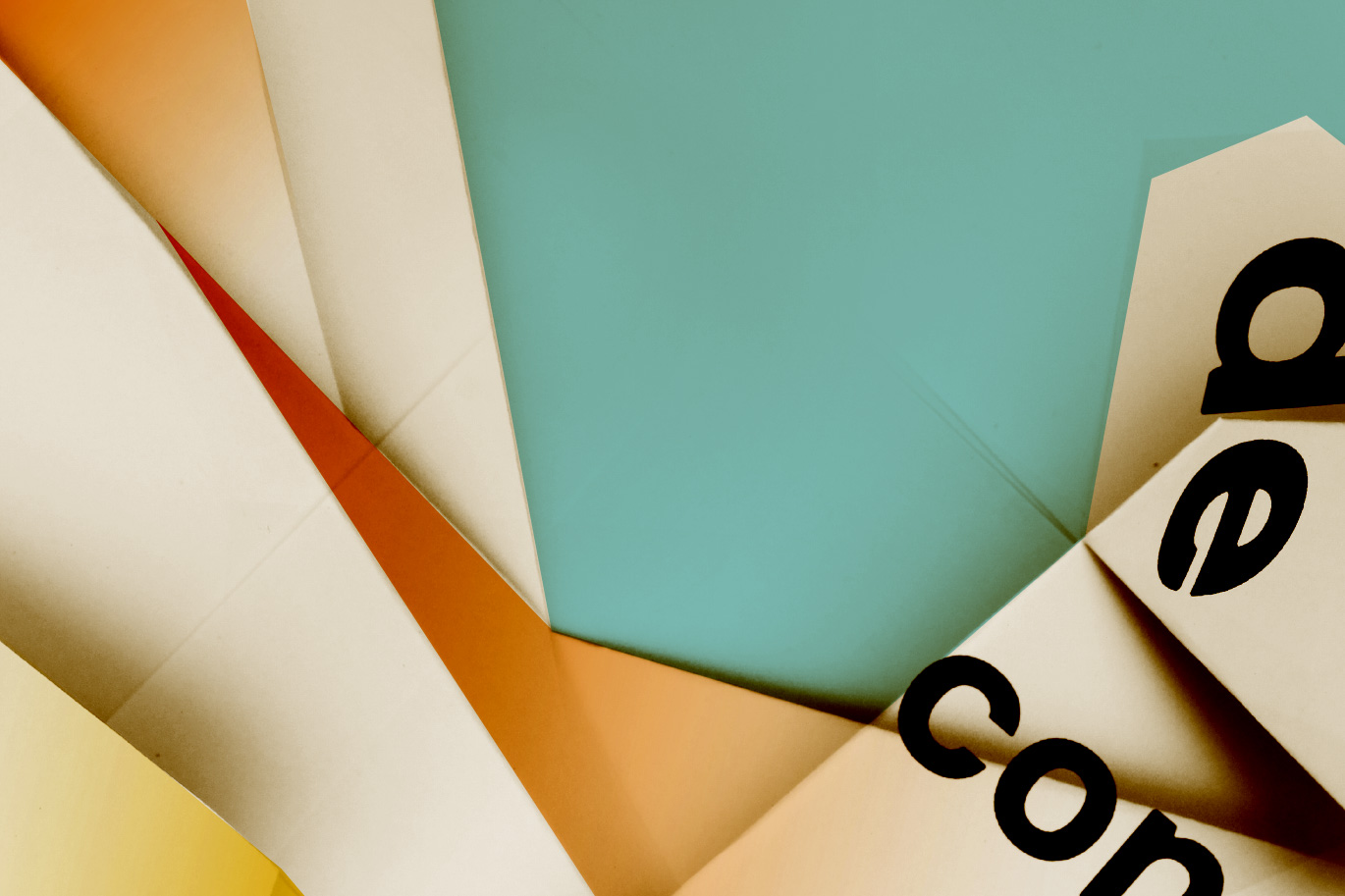- Autumn 2018
Meeting Time:
MW 2:30pm - 5:20pm
Location:
ART 207
SLN:
10472
Instructor:
Catalog Description:
Focuses on exploring the meanings, uses, and visual/sculptural potentials of both traditional and innovative new materials, both natural and man-made.
GE Requirements:
Arts and Humanities (A&H)
Credits:
5.0
Status:
Active
Last updated:
October 17, 2018 - 9:11pm



